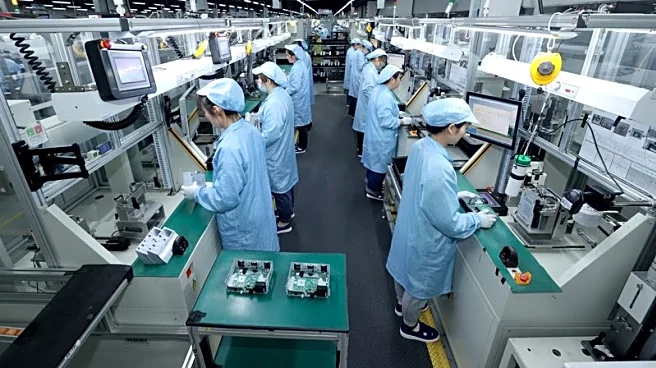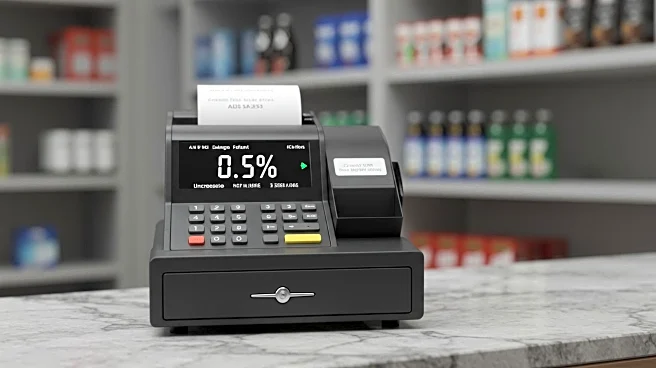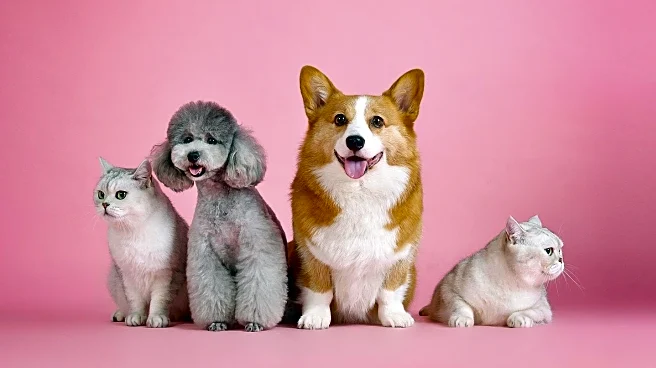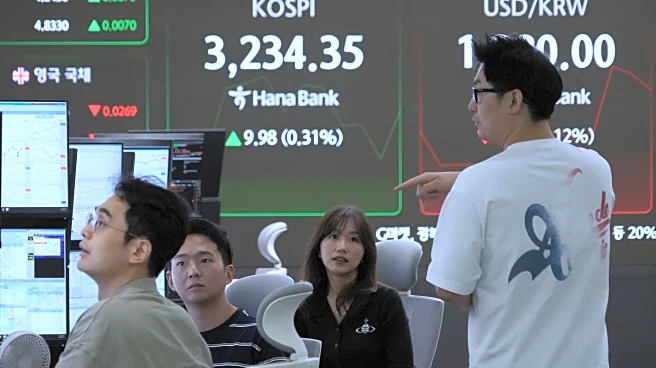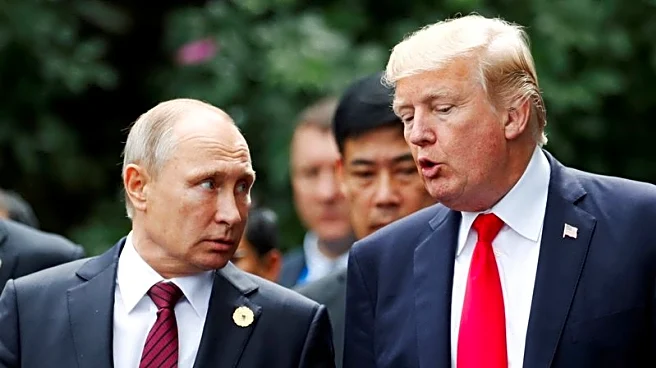Rapid Read • 6 min read
Veterinary hospitals across the United States are facing increased service costs due to a combination of factors including rising demand, wage inflation, and corporate consolidation. Over the past decade, the price of urban veterinary services has risen by 60%, significantly outpacing the average consumer price index. In 2023 alone, Americans spent an estimated $38 billion on healthcare services for companion animals, up from $29 billion in 2019. The rising costs are attributed to labor shortages, increased medication and equipment prices, and changes in veterinarian pay structures. As a result, many pet owners are experiencing financial stress, with 91% reporting difficulties in managing pet care expenses. Unlike human healthcare, most veterinary patients are not covered by insurance, leaving 95-97% of pet owners to pay out-of-pocket for veterinary services.
AD
The rising costs of veterinary care have significant implications for pet owners and the veterinary industry. As expenses increase, pet owners may face difficult decisions regarding their pets' healthcare, potentially leading to reduced access to necessary medical services. This financial strain could result in fewer pet adoptions and increased abandonment rates. For the veterinary industry, the challenge lies in balancing the need to cover rising operational costs while maintaining affordable services for clients. The lack of widespread pet insurance exacerbates the issue, highlighting a potential market opportunity for insurance providers. Additionally, the financial stress on pet owners could lead to increased demand for alternative or lower-cost veterinary services, prompting industry shifts.
AD
More Stories You Might Enjoy







